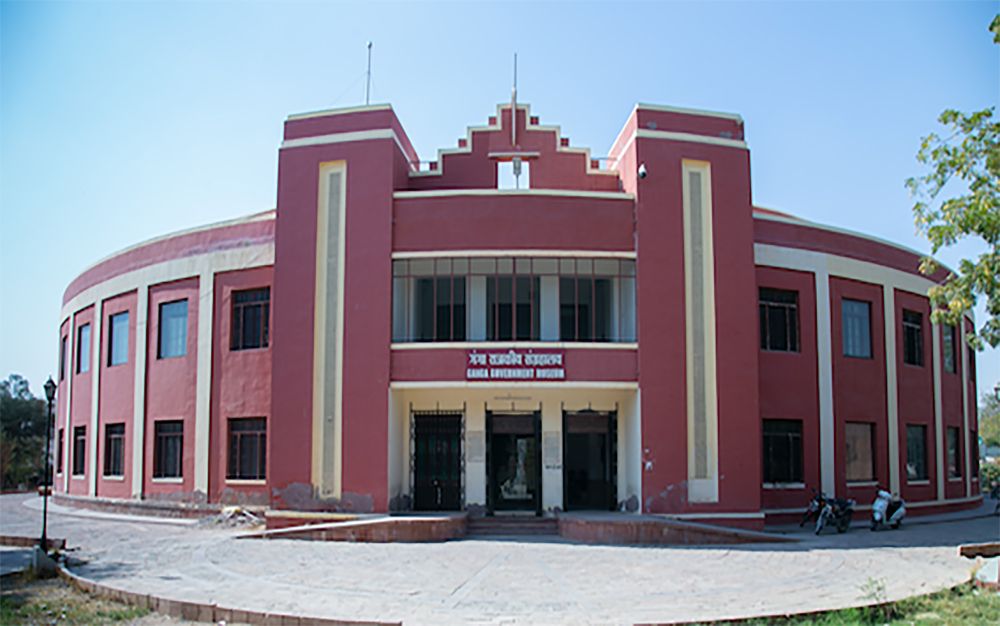

The Ganga State Museum, located in the vibrant city of Bikaner in Rajasthan, India, is a testament to the rich history and cultural heritage of the region. Established by the then Maharaja Ganga Singh after whom the museum is named, it has served as a centre of preservation and education for decades, drawing visitors from around the globe.
The inception of tourism at the Ganga State Museum dates back to its establishment in the year 1937. The museum was envisioned as a repository of Rajasthani culture, showcasing everything from ancient history to the arts. Over the years, the museum has seen a steady increase in the number of tourists who visit to catch a glimpse of its vast collection, which includes pottery, terracotta ware, weaponry, miniature paintings, and coins, amongst other historical artifacts.
In the earlier days, the museum attracted scholars and historians, intrigued by the artefacts and historical treasures pertaining to the Harappan civilization and the early Rajput era. The museum's tourism profile has grown significantly as it became integrated into the broader tourism circuit of Rajasthan, known for its palaces, forts, and rich cultural experiences.
With the advent of social media and digital promotion, the Ganga State Museum has become even more accessible to tourists across the world. Recent efforts by the Rajasthan Tourism Department have included the museum in various cultural tourism packages. Additionally, the museum has made strides in cataloguing and preserving its collection digitally, allowing for virtual tours that increased its visibility even during times when physical travel was restricted.
Experiential Tourism has become increasingly popular, with tourists seeking more than just sightseeing; they crave engagement and understanding. The Ganga State Museum caters to this trend by organizing workshops, including local craftspeople and introducing interactive exhibits.
Moreover, there is an increasing focus on sustainable tourism. Visitors to the museum are now offered insights into the sustainable practices of the region, highlighting how the past can inform eco-friendly practices for the future. Tourists are encouraged to reduce their carbon footprint by walking or using cycle rickshaws while exploring Bikaner, with the museum being a central highlight.
As travel trends evolve, the Ganga State Museum is positioned to adapt and continue showcasing the rich heritage of Bikaner. Efforts are being made to enhance the visitor experience through the integration of technology with heritage. There is a focus on attracting a younger audience through dynamic educational programmes that foster a deeper understanding and appreciation of the local history and culture.
As we look to the future, the museum is set to remain an iconic destination for those seeking to immerse themselves in the regal past of Rajasthan. Its unwavering dedication to preserving the artefacts and stories of ancient India assures that the Ganga State Museum will continue to be a pivotal aspect of tourism in Bikaner for many years to come.